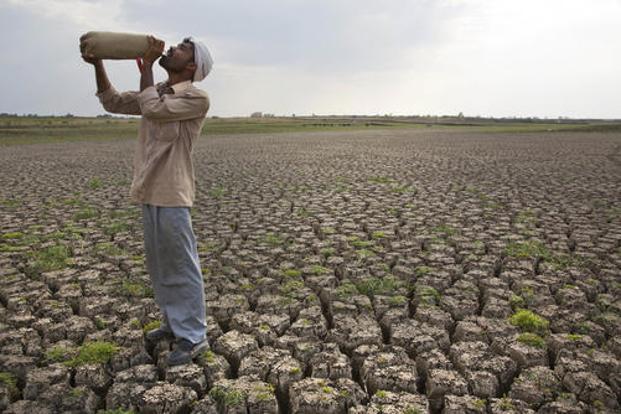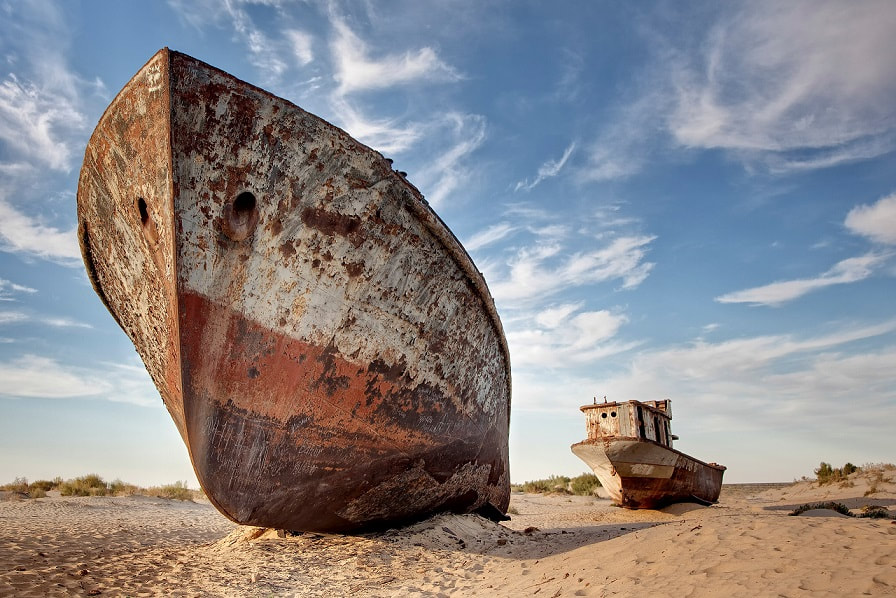-
MYP
- Home
-
IGCSE
- Course information
-
Physical: Hazardous environments
>
- Distribution of tectonic hazards
- Causes of tsunami
- Measuring earthquakes
- Earthquake case study 1: Haiti
- Earthquake case study 2: Christchurch
- Why do earthquakes do more damage in LICs than in HICs?
- How are volcanic eruptions measured?
- Tropical storms - distribution
- Causes of tropical cyclones
- Tropical cyclones - case study
- Why live in hazardous areas?
-
River Environments
>
- Hydrological cycle
- River basins
- Factors affecting river regimes
- Fluvial processes: erosion
- Fluvial processes: weathering and mass movement
- Fluvial processes: transportation and depositon
- River features and their formation
- How rivers change from source to mouth
- Uses of water
- Water pollution
- Water supply
-
IBDP
-
Changing population
>
- Global patterns of economic development
- Physical and human factors affecting global population distribution
- Case study 1: China
- Case study 2: Niger
- Demographic transition
- Megacity growth
- Forced migration and internal displacement
- Ageing populations
- Pro-natalist and anti-natalist policies
- Gender equality policies
- Trafficking policies
- The Demographic Dividend
-
Global climate vulnerability and resilience
>
- Atmospheric system
- The energy balance
- Changes in the energy balance
- The enhanced greenhouse effect
- Climate Change and the Hydrosphere, Atmosphere and Biosphere
- Impacts of climate change on people and places
- Disparities in exposure to climate change risk and vulnerability
- Government-led adaptation and mitigation strategies
- Civil society and corporate strategies
-
Global resource consumption and security
>
- Progress towards poverty reduction
- Measuring trends in global consumption
- Global patterns and trends in the availability and consumption of water
- Global patterns and trends in the availability and consumption of land/food
- Global patterns and trends in the availability and consumption of energy
- Water food and energy nexus
- Recycling and waste
- Malthus vs Boserup
- Resource Stewardship strategies
- Sustainable Development Goals
-
Freshwater - drainage basins
>
- The drainage basin as a system
- How rivers change from source to mouth
- River discharge
- River processes
- River landforms
- Factors affecting flood risk
- Attempts at flood prediction
- Flood mitigation
- Flood mitigation case studies
- Water scarcity
- Agricultural activities and water quality
- Pressures on lakes and aquifers
- Internationally shared water and conflict
- Water management: participation of local communities
- Dams as multi-purpose schemes
- Water management: Integrated Drainage Basin Management (IDBM)
- Managing wetlands
-
Leisure, Sport and Tourism
>
- Growth and purpose of leisure time
- Categories of tourism and sport
- Economic development and participation
- Factors affecting personal participation
- Factors affecting growth of tourism hotspots
- Spheres of influencee
- Factors affecting a national sports league
- Festivals
- Niche national tourism strategies
- Role of TNCs
- Tourism as a national development strategy
- International sporting events
- Consequences of unsustainable growth
- Sustainable tourism
- Future international tourism
- Political and cultural influences on sport
- Extended Essay in Geography >
- Skills/concepts >
-
Changing population
>
- Geography and ToK
- Theory of Knowledge
Subject Guide
Physical and economic water scarcity, and the factors that control these including the causes and impacts of droughts; the distinction between water quantity and water quality.
Causes of water scarcity
- What are the different causes of water scarcity
- Physical vs economic
- Overuse (through agriculture and industry)
- Population growth
- Pollution
- Conflict
- Drought
- Political reasons
- For each, search for real examples and be ready to share with the rest of the class.
Group work presentation
In your group, investigate the cause of water shortage you have been given. You should explain to the rest of the group how is causes water shortages. You may use the whiteboard but no ICT or notes. Diagrams will be needed for all of the causes. Your presentation should be between 3-4 minutes in length and all team members must contribute.
- Hadley Cells/ITCZ/El Nino
- Rain Shadow & Continentality
- Population Growth
- Climate Change (https://www.youtube.com/watch?time_continue=66&v=GnSYUib3lKo)
Hadley cell
|
|
|
Rain shadow
Continentality
Climate change
Case Study - The Horn of Africa
Use the resources below to create a case study which uses the 4Ps approach:
What were the impacts? Make your own copy of the table in the pdf and add any additional SEEP impacts.
- Place - where is the Horn of Africa? How does its location contribute to water scarcity? Think about ICTZ and how this connects to latitude but also consider the socio-economic situation of the region (you could use the CIA factbook information in the pdf from Geography pods to help here)
- Power - how did decision makers respond and make the situation better or worse? Think about government in the affected countries, rebel forces like Al-Shabaab as well as the response of international governments, the UN and NGOs
- Processes - what processes led to the water scarcity? Identify factors which contributed to economic water shortages and factors which led to physical water shortage. What role did climate change play?
- Possibility - what are the possible solutions or ways of managing water in this region? Evaluate their likely success.
What were the impacts? Make your own copy of the table in the pdf and add any additional SEEP impacts.
| ||||||||

